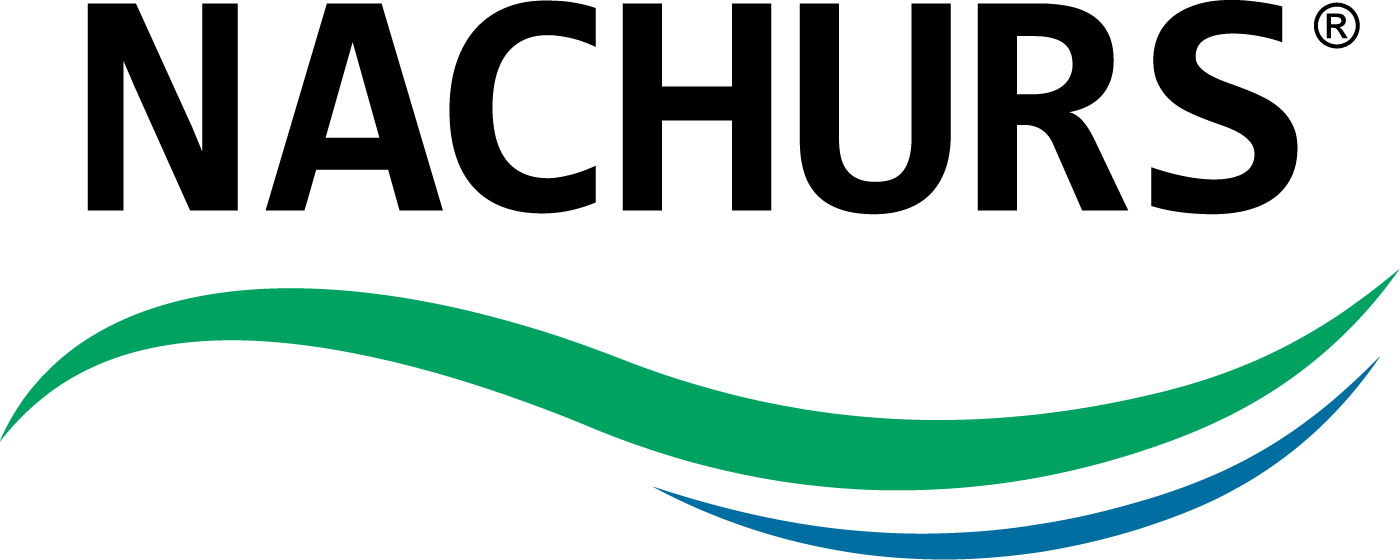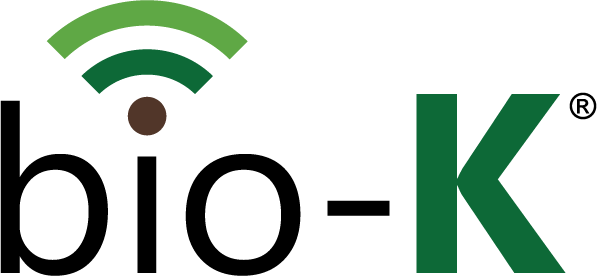Remember the Rhizosphere
It is easy to walk out into a field of corn, alfalfa, wheat, cotton, etc. and observe how the crop visually looks, whether it be good, bad, or indifferent. We often times are only focused on the above ground appearance and forget that what is below ground is where all plant growth begins and where it ends as well. The rhizosphere is the region of soil that is immediately near the root surface and that is affected by root exudates. There are different types of substances that diffuse from the roots which stimulate microbial activity, such as carbohydrates (sugars and oligosaccharides), organic acids, vitamins, nucleotides, flavonoids, enzymes, hormones, and volatile compounds. This results in a dense and active microbial population that interacts with the roots and within the roots. The release of root exudates can be affected by several factors in the plant, soil, and environment. Depending on plant species, between 10-30 % of photosynthates are secreted through the root system. Roots also secret polysaccharides, mucilages, and lose cap cells which are detached from the root tip when it grows through the soil. The physical-chemical conditions that predominant in the rhizosphere are useful in understanding the role that microorganisms play in soil nutrient availability. Rhizosphere bacteria participate in the geochemical cycling of nutrients and determine their availability for plants and soil microbial community, such as fixing N2 into specialized structures (nodules in legumes). There are bacterial ammonifiers and nitrifiers that are responsible for the conversion of organic N compounds into inorganic forms (NH4+ and NO3-) which become available for plants. Rhizosphere bacteria can also enhance the solubility of insoluble minerals that control the availability of phosphorus (native or applied) thru the production of organic acids and/or phosphatase enzymes that act on organic phosphorus pools. The availability of sulfur, iron and manganese are also affected by redox reactions carried out by rhizosphere bacteria. Likewise, chelating agents can control the availability of micronutrients and participate in mechanisms of biocontrol of plant pathogens. Due to these and other benefits on plant growth, some rhizosphere bacteria have been called Plant Growth Promoting Rhizobacteria (PGPR). Most terrestrial plants develop their root system to explore soil and find nutrients to sustain growth. A root is a complex organ made of distinct regions such as the root tip, root meristem, differentiation and elongation zones, and emerging lateral roots. Root system architecture (RSA) integrates root system topology, the spatial distribution of primary and lateral roots, and the number and length of various types of roots. Several abiotic and biotic factors can influence RSA, including PGPR strains. PGPR modify RSA and the structure of root tissues mainly through their ability to interfere with the plant hormonal balance (Figure1). FIGURE 1 | Impact of phytostimulated PGPR on RSA, nutrient acquisition, and root functioning. PGPR can modulate root development and growth through the production of phytohormones, secondary metabolites, and enzymes. The most commonly observed effects are a reduction of the growth rate of primary root, and an increase in the number and length of lateral roots and root hairs. PGPR also influence plant nutrition via nitrogen fixation, solubilization of phosphorus, and/or siderophore production, and modify root physiology by changing gene transcription and metabolite biosynthesis in plant cells. Frontiers in Plant Science, September 2013, Volume 4, Article 356 Changes in RSA may result from interferences of PGPR with the main hormonal pathways involved in regulating plant root development: auxin, cytokinin, ethylene, and to a lesser extent gibberellin, and abscisic acid (ABA). The balance between auxin and cytokinin is a key regulator of plant organogenesis, and shapes root architecture. The auxin to cytokinin ratio can be affected by PGPR because they are able to produce a wide range of phytohormones, including auxins and/or cytokinins, as well as secondary metabolites that which can interfere with these hormonal pathways. Indole-3-acetic acid (IAA) is the best characterized auxin produced by many plant-associated bacteria, including PGPR. IAA is usually synthesized by rhizobacteria from tryptophan, which is found at different concentrations in root exudates according to plant species. With all this in mind, it is important to consider fertilizer type and source when making applications to the soil (regardless of application method) so as not to erode and/or degrade the optimum growing conditions needed and required by rhizosphere bacteria (or PGPR). Rest assured, NACHURS fertilizers are made with high quality raw materials which are free of impurities and contaminates, as well as being very low in salt content. Deciding what fertilizer to use should not be made on price alone, but rather should take into account what is going on below ground level. Plants grow from the roots up, and they die from the roots up. Use a fertilizer that promotes a healthy soil environment in which both plants and rhizosphere bacteria thrive. Choose NACHURS! - Tommy Roach, Director of Specialty Products & Product Development
It is easy to walk out into a field of corn, alfalfa, wheat, cotton, etc. and observe how the crop visually looks, whether it be good, bad, or indifferent. We often times are only focused on the above ground appearance and forget that what is below ground is where all plant growth begins and where it ends as well.
The rhizosphere is the region of soil that is immediately near the root surface and that is affected by root exudates. There are different types of substances that diffuse from the roots which stimulate microbial activity, such as carbohydrates (sugars and oligosaccharides), organic acids, vitamins, nucleotides, flavonoids, enzymes, hormones, and volatile compounds. This results in a dense and active microbial population that interacts with the roots and within the roots. The release of root exudates can be affected by several factors in the plant, soil, and environment. Depending on plant species, between 10-30 % of photosynthates are secreted through the root system. Roots also secret polysaccharides, mucilages, and lose cap cells which are detached from the root tip when it grows through the soil. The physical-chemical conditions that predominant in the rhizosphere are useful in understanding the role that microorganisms play in soil nutrient availability.
Rhizosphere bacteria participate in the geochemical cycling of nutrients and determine their availability for plants and soil microbial community, such as fixing N 2 into specialized structures (nodules in legumes). There are bacterial ammonifiers and nitrifiers that are responsible for the conversion of organic N compounds into inorganic forms (NH 4 + and NO 3 - ) which become available for plants. Rhizosphere bacteria can also enhance the solubility of insoluble minerals that control the availability of phosphorus (native or applied) thru the production of organic acids and/or phosphatase enzymes that act on organic phosphorus pools. The availability of sulfur, iron and manganese are also affected by redox reactions carried out by rhizosphere bacteria. Likewise, chelating agents can control the availability of micronutrients and participate in mechanisms of biocontrol of plant pathogens. Due to these and other benefits on plant growth, some rhizosphere bacteria have been called Plant Growth Promoting Rhizobacteria (PGPR).

FIGURE 1 | Impact of phytostimulated PGPR on RSA, nutrient acquisition, and root functioning . PGPR can modulate root development and growth through the production of phytohormones, secondary metabolites, and enzymes. The most commonly observed effects are a reduction of the growth rate of primary root, and an increase in the number and length of lateral roots and root hairs. PGPR also influence plant nutrition via nitrogen fixation, solubilization of phosphorus, and/or siderophore production, and modify root physiology by changing gene transcription and metabolite biosynthesis in plant cells.
Frontiers in Plant Science,
September 2013, Volume 4, Article 356
Changes in RSA may result from interferences of PGPR with the main hormonal pathways involved in regulating plant root development: auxin, cytokinin, ethylene, and to a lesser extent gibberellin, and abscisic acid (ABA). The balance between auxin and cytokinin is a key regulator of plant organogenesis, and shapes root architecture. The auxin to cytokinin ratio can be affected by PGPR because they are able to produce a wide range of phytohormones, including auxins and/or cytokinins, as well as secondary metabolites that which can interfere with these hormonal pathways. Indole-3-acetic acid (IAA) is the best characterized auxin produced by many plant-associated bacteria, including PGPR. IAA is usually synthesized by rhizobacteria from tryptophan, which is found at different concentrations in root exudates according to plant species.
With all this in mind, it is important to consider fertilizer type and source when making applications to the soil (regardless of application method) so as not to erode and/or degrade the optimum growing conditions needed and required by rhizosphere bacteria (or PGPR). Rest assured, NACHURS fertilizers are made with high quality raw materials which are free of impurities and contaminates, as well as being very low in salt content. Deciding what fertilizer to use should not be made on price alone, but rather should take into account what is going on below ground level. Plants grow from the roots up, and they die from the roots up. Use a fertilizer that promotes a healthy soil environment in which both plants and rhizosphere bacteria thrive. Choose NACHURS!












